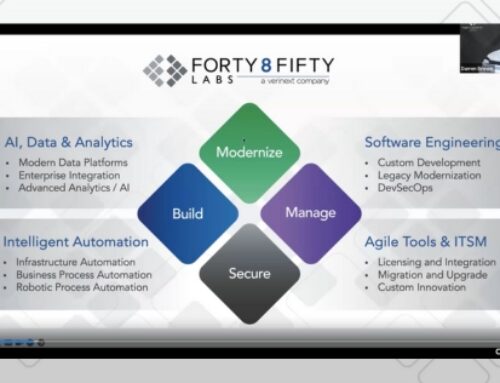A strong cloud strategy is necessary for businesses looking to scale their capacities and align with their digitalization goal. As companies transform from on-premises systems to cloud technology, a well-defined cloud strategy becomes imperative. This is particularly important for organizations still using Atlassian Server on-prem. Support for one prem versions of Atlassian ended on February 15, 2024, so migration to Atlassian Cloud is now an urgent priority.
It’s also a productivity enhancer. In fact, when Atlassian surveyed customers who had recently migrated, 89% said they realized the benefits of moving to the cloud in under six months. This said, it is important to keep in mind that your cloud migration is a marathon, not a sprint. Each organization dedicated time to plan their transition, ensuring their success.
If you are still working to migrate to Atlassian Cloud, here are six steps to take when planning your cloud migration:
1. Determine Your Timeline – The time it takes to fully transition varies based on people, data, Apps, testing and stakeholder management.
2. Build your Budget – While migrating to the cloud costs more upfront, it will result in long term savings due to lower overhead expenses and the shift in subscription structure. Check with your finance team to understand how your budget might be affected.
3. Assess User and Products – Invest time in this step to take stock of how many users and products will need a seat and determine if it is possible to simplify or streamlined organizational processes.
4. Set Security, Compliance and Privacy Needs – These three areas will define the type of cloud management you need. Consider your legal, regulatory compliance, privacy and security musts and wants. From here choose the cloud environment: public cloud, hybrid cloud, private cloud, or multi cloud. For more information on this step click here.
5. Lay Out Cloud Success Parameters – Start by setting goals on what you want your cloud to accomplish. These goals will outline “success” to leadership and stakeholders. Some examples are:
- Reduce overhead costs to refocus time and money on more strategic initiatives
- Achieve high growth via faster product release cycles and speeding up onboarding of new hires
- Shift full-time admins from software maintenance to higher-value projects that impact overall business goals
- Accelerate end user productivity and support cross-team and cross-geo collaboration
- Minimize downtime and improve performance to reduce costs and instill confidence in products and services.
6. Determine Migration Roles – The roles needed for your migration will vary based on organizational complexity, size and resourcing available. Most migrations will include the driver, an approver, team members with specific subject area knowledge (legal, user management, etc.) and the testers.
The six steps above are imperative to your cloud planning. At Forty8Fifty Labs we go above and beyond through reducing migration risk, understanding your automated tools, migration testing and more. Whether or not your organization uses our service, it is important to consider these migration tips:
- Reducing Your Migration Risk – Migration assessments are a proven avenue to scoping out your migration risks. To reduce your risk, we’ve instituted an iterative approach by decoupling assessments from the migration. This allows us to identify potential obstacles, pinpoint decision criteria and set clear expectations.
- Understand Your Automated Tools– Automatic migration tools will help make your journey easier, but they do not completely replace manual efforts. We recommend early discovery for the items your automated tools will not address.
- Use Migration Testing – Test your migration before moving all your apps and data! When migrating to the cloud, it’s important to test before production environments are impacted. This will allow seamless integration and increased productivity off the bat.
- Know Your Data – consider migration auditing. This process will dig into your data to help you better understand its value, ideally helping you determine if it is best kept on-prem or moved to the cloud.
- Validate Your Apps – It may be beneficial to involve a third-party to access your apps used in your on-prem environment. This will help you uncover which apps overlap, are underdeveloped, or simply are not being used. This will save you money and space in the long run.
- Empower Your Team – Moving to the cloud can be a bit different for your teams. While the transition will deliver greater simplicity, economy and flexibility, they will behave differently than the system your teams are used to. This is why we highly encourage cloud readiness training and consulting. This will encourage your teams to buy in and smooth over the transition to keep productivity high. If you are interested in Forty8Fifty Labs’ Cloud Readiness Training and Consulting, click here.
Migrating your systems to the cloud is a journey, but it doesn’t have to be hard. Through detailed planning, a well-defined cloud strategy will help you seamlessly transition your team and operations. At Forty8Fifty Labs, we’ve delivered volumes of migrations spanning every level of complexity. As a result, we can deliver the best practices and migration mythology you need to get to the cloud fast and with confidence. For more information on Atlassian Data Migration, click here. If you would like more information on Forty8Fifty Labs and how we can help you on your Atlassian Cloud migration journey, contact us today!
Related Posts:






